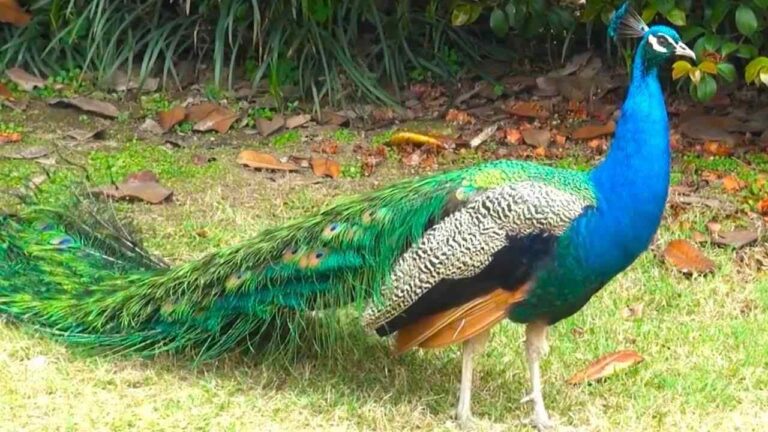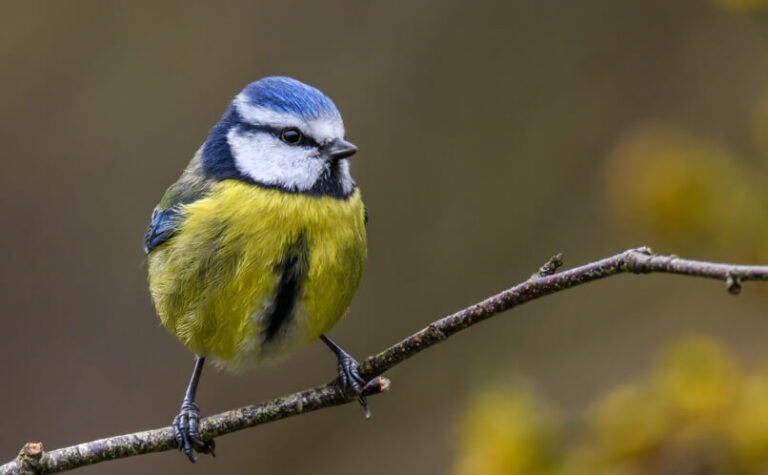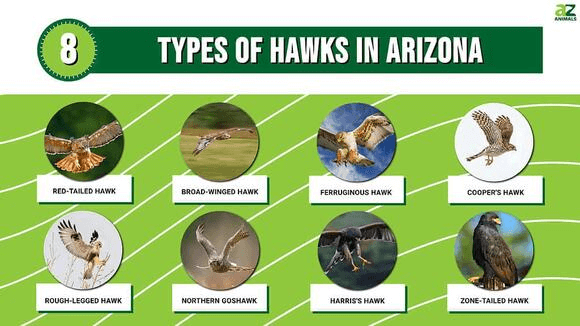Shoebill Bird: A Majestic Predator of the Wetlands
The shoebill bird (Balaeniceps rex), also known as the whale-headed stork, is one of the most fascinating and unique birds in the avian world. Its prehistoric appearance, distinct physical features, and elusive nature have captured the imagination of bird enthusiasts, scientists, and conservationists alike.
In this article, we will explore the shoebill’s scientific classification, physical characteristics, habitat, behavior, diet, reproduction, predators, and conservation status. Additionally, we’ll dive into its evolutionary history and relationship with humans and share some interesting facts.
Contents
Scientific Classification
The shoebill belongs to the following taxonomic classification:
- Kingdom: Animalia
- Phylum: Chordata
- Class: Aves
- Order: Pelecaniformes
- Family: Balaenicipitidae
- Genus: Balaeniceps
- Species: Balaeniceps rex
Although originally classified with storks (Ciconiiformes), the shoebill is now placed within the order Pelecaniformes, which includes pelicans and herons.
Physical Characteristics

The shoebill’s most iconic feature is its enormous, shoe-shaped bill, which gives the bird its name. This bill can measure up to 23 cm (9 in) in length and 10 cm (4 in) in width. It has a hook at the tip, perfectly adapted for catching large prey such as fish and small reptiles.
- Height: Shoebills can grow up to 150 cm (5 ft) tall.
- Wingspan: Their wingspan ranges from 230 to 260 cm (7.5 to 8.5 ft), making them powerful fliers, although they rarely do so.
- Weight: They typically weigh between 4 to 7 kg (8.8 to 15.4 lbs).
- Plumage: Shoebills have predominantly gray-blue feathers, which provide excellent camouflage in their swampy habitats.
- Eyes: Their large yellow eyes give them a fierce expression, enhancing their prehistoric look.
- Legs: They have long, sturdy legs with large feet suited for wading through marshes.
Habitat
The shoebill inhabits tropical East Africa, primarily in countries like South Sudan, Uganda, Zambia, Tanzania, and the Democratic Republic of the Congo. Its preferred habitat includes:
- Swamps and marshlands: Shoebills thrive in freshwater wetlands, especially those rich in papyrus, reeds, and grasses.
- Floodplains and slow-moving rivers: The bird is often found near stagnant water bodies that support large fish populations.
The shoebill is highly dependent on intact wetlands for hunting and nesting, making it particularly vulnerable to habitat destruction.
Behavior
Shoebills are solitary birds, rarely seen in groups, except during mating or foraging when food is abundant. They exhibit several unique behaviors:
- Still hunting: One of the most notable characteristics of the shoebill is its “statue-like” hunting technique. The bird will stand perfectly still for long periods, waiting for prey to approach.
- Stealth and patience: Once prey is within striking distance, the shoebill will lunge forward with incredible speed, snapping its bill shut to capture fish or amphibians.
- Territoriality: Shoebills are highly territorial and aggressive towards intruders, often chasing away other birds or even small mammals that infringe on their hunting grounds.
Diet
Shoebills are carnivorous birds with a diet that primarily consists of aquatic animals. Their preferred prey includes:
- Fish: Especially lungfish, tilapia, and catfish.
- Amphibians: Frogs and toads are common dietary staples.
- Reptiles: Shoebills often hunt small crocodiles and turtles.
- Occasional small mammals: They may also eat waterfowl and small mammals when available.
The shoebill’s powerful bill is adept at crushing large prey, which is often swallowed whole.
Reproduction
Shoebills are monogamous during the breeding season, although they do not mate for life. Some key aspects of their reproductive cycle include:
- Nesting: Nests are typically built on floating vegetation in dense swamps. The nest can be up to 1 meter (3 ft) in diameter.
- Clutch size: Females lay between one to three eggs, although usually only one chick survives due to sibling rivalry and limited food resources.
- Incubation: Both parents take turns incubating the eggs for about 30 days.
- Chick development: Chicks are born altricial (helpless) and depend on their parents for food. Fledging occurs after about 100 days, but the chick may stay near the parents for several months before becoming fully independent.
Predators and Threats
Shoebills face few natural predators due to their size and formidable defenses, but they are vulnerable to human activities and environmental changes. Some threats include:
- Habitat loss: Wetland drainage, agriculture, and human settlement have led to significant habitat destruction.
- Poaching: Shoebills are hunted for their feathers and sold in the illegal wildlife trade.
- Disturbance: Human encroachment and ecotourism can disturb their nesting sites, affecting reproduction rates.
Conservation Status
The shoebill is currently listed as Vulnerable by the International Union for Conservation of Nature (IUCN). It is estimated that there are between 5,000 to 8,000 individuals left in the wild, with declining population trends due to habitat degradation and illegal capture.
Conservation efforts focus on protecting their wetland habitats, creating protected areas, and raising awareness about the threats they face.
Evolutionary History
The shoebill has a fossil record that dates back millions of years, and its lineage diverged from other wading birds long ago. Some scientists believe that shoebills share a common ancestor with pelicans, given their similar nesting habits and general morphology. Their unusual appearance and hunting techniques suggest that they have evolved to fill a specialized niche in the wetland ecosystems of East Africa.
Relationship with Humans
Historically, shoebills have had little direct interaction with humans, as they inhabit remote and inaccessible swamps. However, in recent years, they have gained popularity among birdwatchers, ecotourists, and conservationists.
In some regions, local communities see the shoebill as a symbol of good luck, while in others, it is viewed as an ominous bird due to its eerie appearance and behavior. Unfortunately, this newfound interest has also led to illegal hunting and capture for the pet trade, threatening their already vulnerable population.
Interesting Facts about the Shoebill
- Prehistoric look: The shoebill’s appearance has often been compared to pterodactyls or other prehistoric creatures, earning it the nickname “dinosaur bird.”
- Powerful bill: Shoebills can decapitate their prey with one quick snap of their massive bill.
- Unique vocalization: Despite being mostly silent, shoebills can produce a loud clattering sound by rapidly snapping their bill together, especially during mating displays.
- Remarkable patience: The shoebill can stand still for hours, waiting for the perfect moment to strike at its prey.
Conclusion
The shoebill bird, with its unusual appearance, predatory prowess, and fascinating behaviors, stands as one of the most distinctive birds in the world. Found in the remote wetlands of East Africa, it faces numerous threats, but with continued conservation efforts, we can protect this majestic species for future generations. Whether you are a birdwatcher, a researcher, or simply a nature enthusiast, the shoebill remains a symbol of the incredible diversity and resilience of the animal kingdom.
- Golden Retriever Pros and Cons: What Every Pet Parent Should Know - 15 September 2025
- Cane Corso Dog Breed: Health, Care, and Lifespan - 14 September 2025
- Catahoula Leopard Dogs: Description, Temperament, Lifespan, & Facts - 21 July 2025







